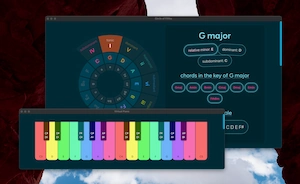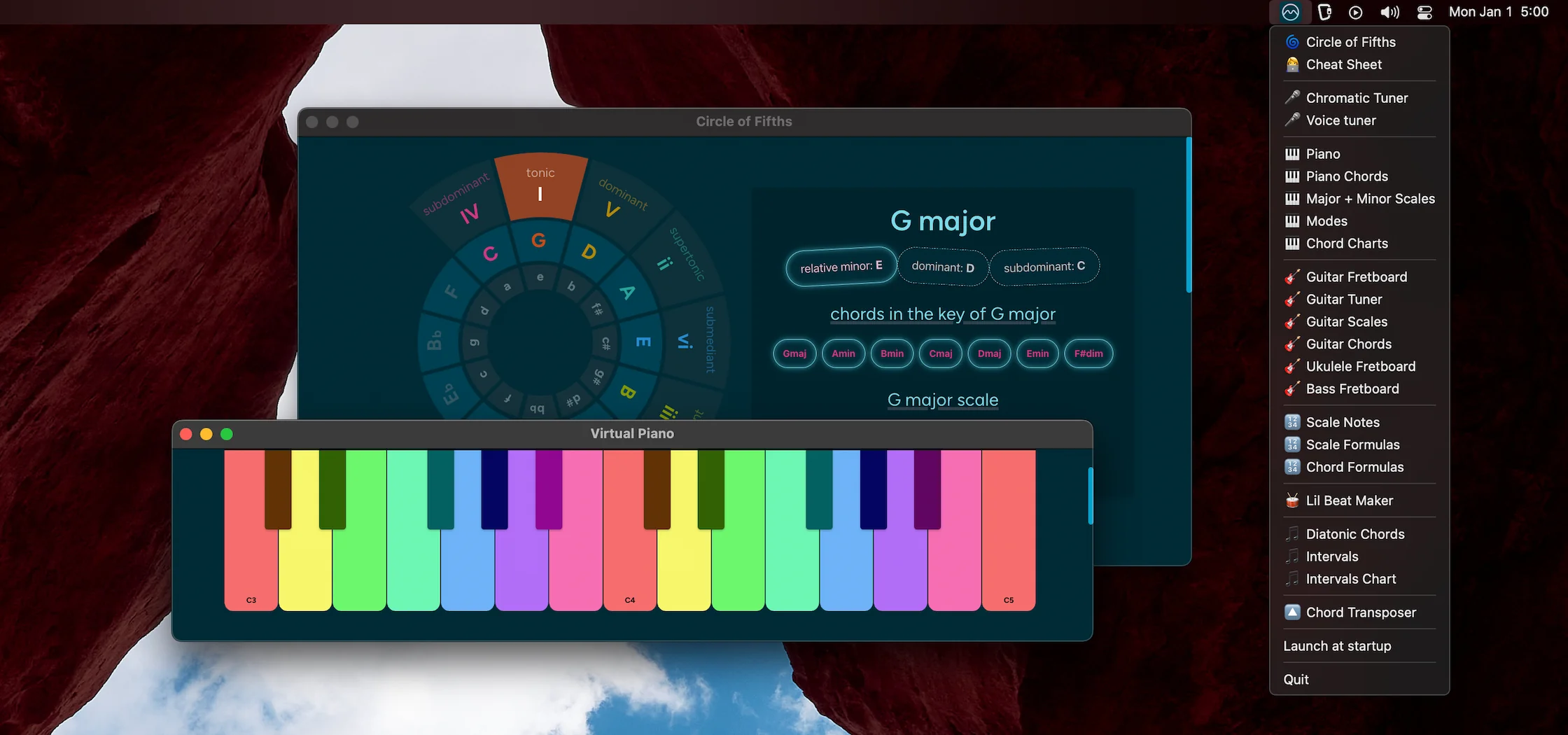Understanding the 4/4 Time Signature with Interactive Examples
4/4 time, also known as common time, divides each measure into four quarter notes, counted as “1-2-3-4”. This straightforward and steady rhythm is the foundation of most modern styles, including pop, rock, and EDM, making it by far the most ubiquitous time signature in Western music.
4/4 vs 3/4 Time Signature
Both 4/4 and 3/4 are simple time signatures, but they create different feels.
In 3/4, each measure has three quarter notes (1-2-3), giving it a waltz-like, rhythmic flow. In contrast, 4/4's four beats per measure provide a more grounded and balanced feel, suitable for a wide variety of musical genres. Consider the effect of counting steps as you walk: “1-2-3-1-2-3…” vs. “1-2-3-4-1-2-3-4…”.
4/4 vs 6/8 Time Signature
In 6/8 time, there are six eighth notes per measure divided into two groups of three, resulting in two felt beats (1-2-3-4-5-6) and a rolling, flowing texture. This means that two bars of 6/8 can be heard as one bar of 4/4 with triplets, which is a common point of confusion.
If a musical pattern consists of triplets and fits into two beats, it's best to label it as 6/8. If the pattern is four beats long with predominantly straight eighth notes, call it 4/4.
✅ You can check out this page for a more in-depth explanation of the 6/8 time signature.
Audio Examples
The following audio files feature a single eight-bar composition in three different time signatures: 4/4, 3/4 and 6/8. Listen to each version and try counting along to feel the differences. Switch back and forth between them to explore how the time signatures affect the overall feel.
Time Signature Visualization: 4/4, 3/4 & 6/8 Time
This interactive tool represents two seconds of time divided into 6, 4, and 3 beats, shown as concentric rings. By selecting a time signature, a rhythm track plays, highlighting the polyrhythm from that perspective.
You can toggle the rings on and off by clicking them and disable the rhythm track entirely if needed. The rings pulse with color based on their time signature: three pulses for 3/4, four pulses for 4/4, and two pulses for 6/8.
Explore different combinations to understand the relationship between rhythms and time signatures!
(Settings can only be adjusted while the audio is paused)




